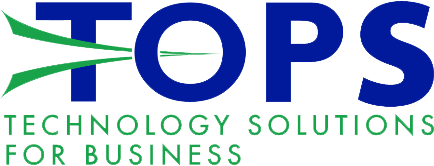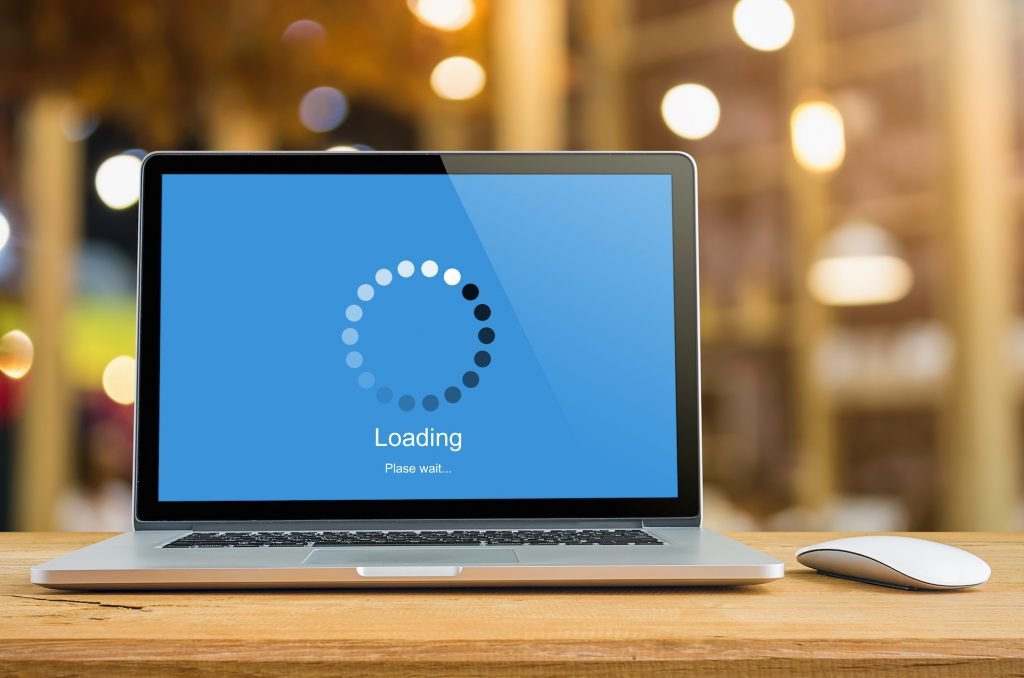When discussing how the speed of your internet connection affects the overall productivity of your business, the net results may seem obvious at first. Everytime an employee has to wait for a web page to load, a document to download, or an email to send, you are losing those seconds or minutes- this is seems quite straight forward and obvious. However, it turns out that the productivity loss of slow internet and networking may be much more complex than it first appears.
The Cost of Distractions
If an employee has to wait 30 seconds for a large file to download, what’s the big deal, right? They can quickly clean up their desk or review another task while they wait. This is what most managers believe will happen, when it reality, it rarely does.

Here is the problem with hoping your employees will multitask; having a slow internet connection is annoying and uninspiring, so when your coworkers are slowed down by a loading file, their mood is likely to turn for the worse, not leading them to seek out another productive way to spend their time while they wait.
Multitasking Mistakes
The second problem with multitasking is that only about 2% of the population can actually multitask in an effective manner. When an employee is forced to stop the task at hand, they lose the momentum they have built up and exhaust their mental reserves as their brain wanders, trying to consider how to fill the time effectively while they wait. Even a few extra seconds of loading can be long enough to pull a workers mind away from their current task, creating a lower level of quality and productivity moving forward.
The more times an employee’s mind is pulled away from their tasks by hindrances or distractions such as a slow network and internet connection, the more their productivity will decrease. The negative effects are compounding, sometimes leaving an employee nearly useless by the afternoon. Your leadership team might be metrics focused when searching for solutions to organizational issues, so it may be useful to understand that your employees are losing about 40% of their productivity everytime they are forced to switch or delay tasks. The cost of distractions and multitasking is high but if your organization understands that the negative effects can be minimized by maximizing the effectiveness of your IT systems, you will be leagues ahead of your competitors.
A Little Social Media While You Wait
We all know that social media can be one of the most distracting temptations available to your employees. What do you think their first inclination is when they have to wait for a slow internet connection to load the data they require? They reach for their phone and open Facebook, Twitter or Instagram, likely lingering on the app much longer than the actual internet delay lasts. Approximately 77% of employees regularly use social media while on the clock, even when their organizations have policies that discourage the act.

Social media is not going anywhere, so business owners and managers should find ways to keep their employees more concentrated on the tasks at hand and encourage social media use during breaks and lunch hours. Social media is not inherently a bad thing- it keeps your employees happier, feeling connected to their family and friends, while also providing an opportunity to stay up to date on the latest industry trends. There are benefits that can be realized from browsing social media, it just has to happen at the right time!
Cloud Computing
Storing and sharing using the cloud has made accessibility and storage much easier for businesses all around the world. Sounds great right? Well it is, except when employees constantly have their storage services syncing. If your company uses a platform such as Dropbox, you need to make sure that the shared data is not constantly syncing, especially if video is involved.

Are you ready to overhaul your internet connection and information systems to increase the speed and productivity of your organization? Connect with our IT specialists at TOPS and discover the true potential of your technology!





